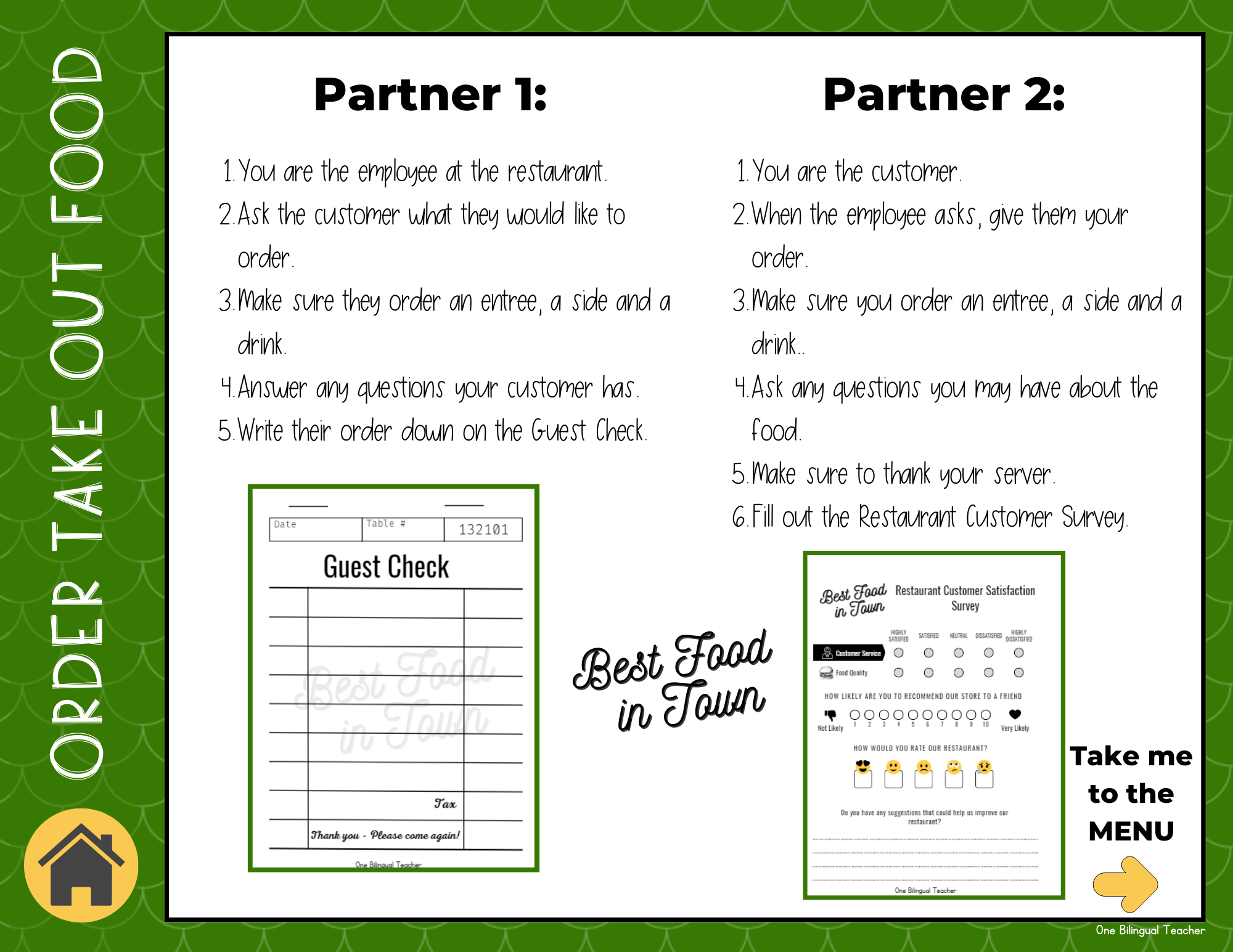Engaging Listening Activities for Your ESL Classroom
Ever wondered how to make your students' listening practice come alive? Here’s a few exciting listening activities to enhance language learning in your classroom. By using these strategies, you'll create the best environment that fosters your students' listening skills and pushes their English proficiency to new heights.
Engaging Listening Activities
Bring the real world into your classroom
Think podcasts, interviews, and news clips. They're like treasure troves of language and cultural insights. But before you hit that play button, activate your students' prior knowledge with pre-listening tasks. And afterward, let the discussion flow to deepen their comprehension and encourage some critical thinking. It's all about diving deeper and getting those brain gears turning.
Role Plays and Dialogues
Immerse your students in the English language through interactive role plays and dialogues. Create scenarios that reflect real-life situations, allowing them to practice their listening and speaking skills simultaneously. By actively engaging in conversation, students can develop their ability to listen and respond appropriately. Here’s one you can use for speaking and listening.
Music and Songs
Music is a universal language that can captivate and motivate learners of all ages. Introduce songs with clear (and clean) lyrics and meaningful messages to your students. Accompany these songs with listening tasks like gap-filling, lyric interpretation, or song analysis. This not only hones their listening skills but also promotes cultural understanding through music from various English-speaking countries. Learn more from The Busy Teacher.
Storytelling and Audiobooks
Stories have a magical way of captivating young minds. Read aloud engaging stories or excerpts from age-appropriate books, allowing your students to immerse themselves in the narrative. Model effective listening strategies, such as predicting, visualizing, and summarizing. Encourage students to retell the story or discuss their favorite parts, fostering both listening and speaking skills.
Never underestimate the power of reading aloud. ESL students thrive when their teachers read aloud. When they’re ready for you to stop and let them do it on their own, they’ll let you know. In the meantime, read to them. They need to hear your voice with the correct pronunciation, tone, and usage. They’ll mirror it eventually. An alternative is audiobooks. It’s the next best thing after you reading aloud. Here are some of my favorite read-alouds:
Podcasts and TED Talks
Harness the power of podcasts and TED Talks to captivate your students' attention. Find age-appropriate episodes or talks that align with their interests and the curriculum. Incorporate comprehension questions and encourage class discussions to deepen understanding. You can also assign listening tasks as homework to reinforce learning outside the classroom.
Here are a few that are suitable for tweens and teens:
Assessing Listening Skills
To measure your students' progress, design listening-based quizzes or tests. Incorporate various question types, such as multiple-choice or fill in the blanks, to assess their listening comprehension. Consider including performance-based tasks that allow students to showcase their listening skills in real-life scenarios. Find these in a printable worksheet here.
What is the name of the podcast and who are the hosts?
What is the main topic or theme of the podcast?
Can you briefly describe what the episode is about?
What are some interesting facts or information you learned from the podcast?
Were there any surprising or unexpected moments in the episode?
Did the hosts or guests share any personal experiences or stories related to the topic?
Did the podcast change your perspective or teach you something new?
What were some of the key points or arguments discussed in the episode?
Did the hosts provide any examples or evidence to support their ideas?
Were there any specific terms or vocabulary used in the episode that you found interesting or confusing?
Were there any listener questions or comments discussed during the podcast?
Did the hosts or guests have different opinions or perspectives on the topic?
How did the hosts keep the conversation engaging and interesting?
Did the podcast make you want to learn more about the topic? If so, what aspects would you like to explore further?
Would you recommend this podcast to a friend? Why or why not?
In a Nutshell
You hold the key to unlocking the power of listening in your students. By incorporating these engaging listening activities, you can create a vibrant and interactive classroom environment where language learning thrives. Remember to spark their curiosity, ignite their imagination, and empower them to become fluent listeners.
Grab your free Listening and Speaking Practice below!



